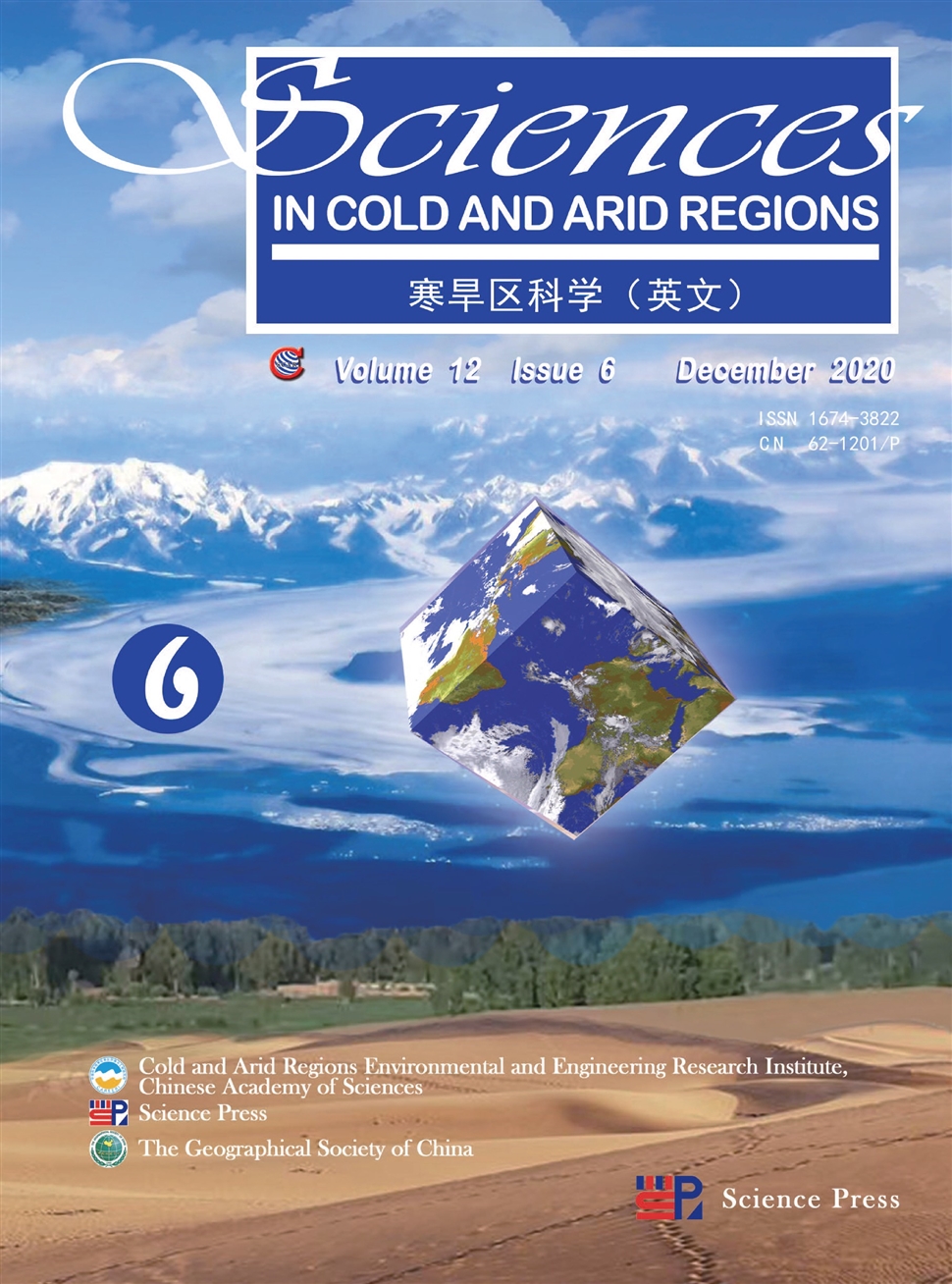Holocene lake carbon sequestration,hydrological status and vegetation change,China
作者:LingMei Xu,Yu Li,WangTing Ye,XinZhong Zhang,YiChan Li,YuXin Zhang
摘要:Lakes have received considerable attention as long-term sinks for organic carbon(C)at regional and global scales.Previ ous studies have focused on assessment and quantification of carbon sinks,and few have worked on the relationship be tween millennial-scale lake C sequestration,hydrological status and vegetation,which has important scientific signifi cance in improving our understanding of lake C stocks and storage mechanisms.Here,we present a comprehensive study of pollen records,organic geochemical proxies,lake-level records,sediment accumulation rate(SAR)and organic C accu mulation rate(CAR)in China since the Holocene.We also include numerical climate classification and lake-level simula tions,to investigate variations of lake C sequestration,hydrological status and vegetation during the Holocene.Results in dicate that the evolution of lake C accumulation showed an out-of-phase relationship with hydrological status and vegeta tion in China.Lake C accumulation exhibited an overall trend of increasing from the early to late Holocene in response to gradually increasing terrestrial organic matter input.However,China as a whole experienced the densest vegetation cover in the middle Holocene,corresponding to the mid-Holocene optimum of a milder and wetter climate.Optimal hydrologi cal conditions were asynchronous in China;for example,early Holocene in Asian monsoon dominated areas,and middle Holocene in westerlies controlled regions.Our synthesis indicated that climate change was the main factor controlling the long-term variability in lake C accumulation,hydrologic conditions,as well as vegetation,and human influences were usu ally superimposed on the natural trends.
发文机构:Key Laboratory of Western China's Environmental Systems(Ministry of Education)
关键词:LAKEsedimentMILLENNIAL-SCALEorganiccarbonaccumulationLAKEHYDROLOGICALSTATUSvegetationclimatechange
分类号: P[天文地球]
- Soil hydraulic conductivity and its influence on soil moisture simulations in the source region of the Yellow River―take Maqu as an example
- The 2018 Academic annual meeting of China Society of Cryospheric Science was held successfully in Foshan on November 17–18,2018
- A paleo-hydrological simulation experiment and its verification in an inland basin
- Variation in water source of sand-binding vegetation across a chronosequence of artificial desert revegetation in Northwest China
- 60-year changes and mechanisms of Urumqi Glacier No.1 in the eastern Tianshan of China,Central Asia
- Seed germination and seedling growth of Pycnanthus angolensis(Welw.)Warb.,African false nutmeg
- Origin and advances in implementing blowing-snow effects in the Community Land Model
- Estimating interaction between surface water and groundwater in a permafrost region of the northern Tibetan Plateau using heat tracing method
- Cryosphere evapotranspiration in the Tibetan Plateau:A review
- Fast genetic mapping in barley:case studies of cuticle mutants using RNA-sequencing


